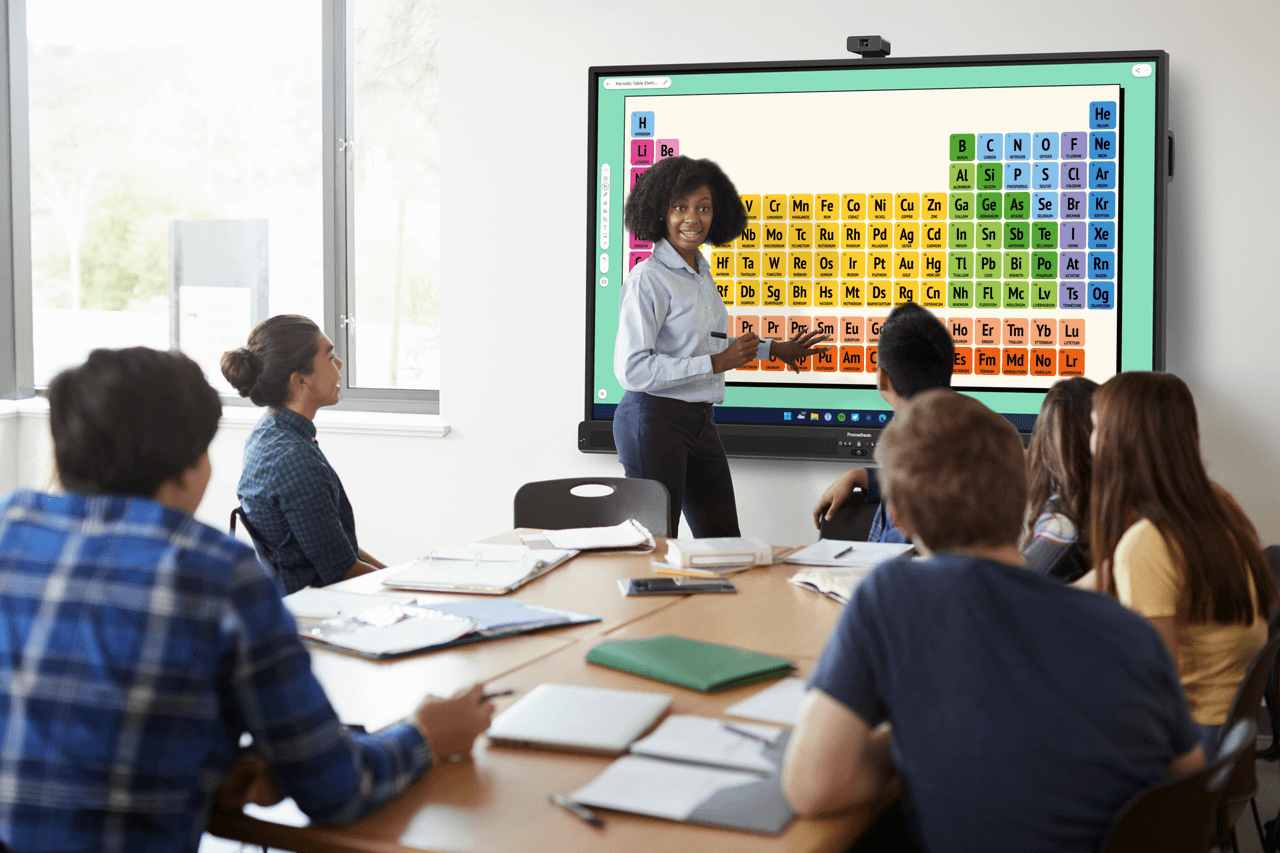Published on January 5th, 2023
5 ways to use edtech for National Mentoring Month
5 minute read

5 ways to use edtech for National Mentoring Month
Each January, schools across the country come together to celebrate National Mentoring Month. It’s a great opportunity to shine a spotlight on the incredible impact mentoring has on students, show appreciation for the hard work teachers and leaders put into mentoring, and encourage more people to get involved.
Mentoring has long been recognized as an effective and highly beneficial way to educate, learn, and grow. Unlike traditional teaching, mentoring is typically led by the learner or mentee, giving them the opportunity to ask for support in specific areas they’re struggling with or expand their learning in topics of interest.
Working one on one with a teacher – or even an older student – gives mentees the opportunity to improve their social-emotional skills, too. Mentees develop communication skills, confidence, and self-awareness, and they learn how to accept and act on feedback from a consistent source.
With the right edtech tools, you can really bring mentoring to life. Here are five ways you can use classroom tech to make mentoring even more impactful.
1. Expanding mentorships beyond the classroom
Video conferencing platforms, such as Google Meet and Zoom, have opened up new possibilities for connecting people in different locations. Mentoring is no longer confined to the school walls—students can work with specialized teachers from schools in another city or even another country. This international collaboration is particularly valuable for foreign language students.
2. Connecting mentors and mentees in flexible ways
Communication is key to a successful mentorship, and online tools have enabled even more flexible ways for mentors and mentees to stay connected. Chat tools like Slack and Microsoft Teams allow students to ask questions and receive feedback in an informal way—helping to increase self-awareness and confidence around asking for support.
3. Increasing engagement and improving behavior
Poor behavior or disengagement can be remedied with positive interaction between a mentor and student. Providing personal attention and explaining concepts using a range of edtech—including videos, online quizzes, and interactive whiteboards—will help mentees stay engaged for longer.
4. Providing one-on-one support within the classroom setting
Front-of-class displays are the core tool in the modern classroom setup, and they’re a valuable tool for mentoring, too. Front-of-class displays can integrate with a range of devices—such as laptops and tablets—enabling students to work individually with a mentor without feeling detached from the classroom experience. Mentors can guide mentees through specific activities or provide additional assistance while they keep up with the lesson plan.
5. Enabling peer-to-peer mentoring
Students can also connect to the front-of-class display via device-mirroring and screen sharing. Teachers can project students’ work to the class, encouraging constructive feedback and supporting social-emotional learning. Students can showcase their own projects or explain to others how they solved a problem, helping them develop their leadership or mentoring skills within their peer group.
To celebrate National Mentoring Month this year, encourage your mentors to experiment with different types of edtech. You may be pleasantly surprised by the positive results!




